Rounding out the classroom and the students: how outdoor and experiential learning promotes holistic education
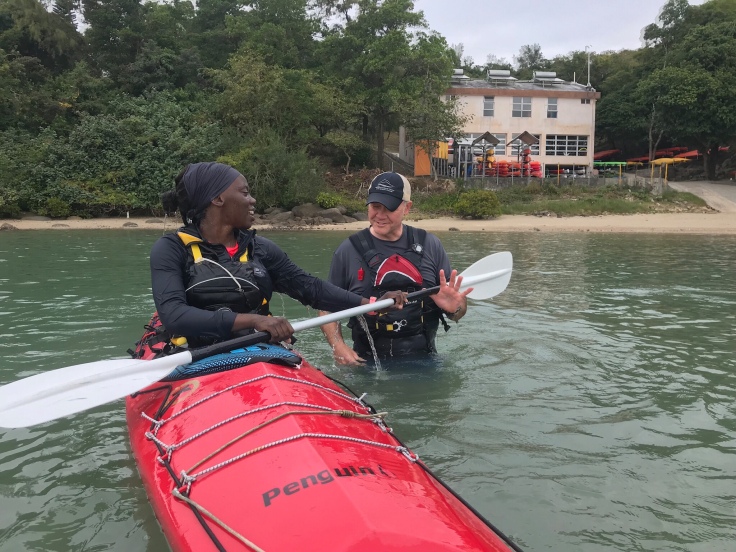
Introduction
Middle level education is generally viewed as the black box period of schooling. Older children enter from primary school, and with hope, and a bit of luck, they depart slightly unscathed to high school as a mature adolescent. This transition period from childhood into adolescence can be an overwhelming experience as the body and the mind go thru extensive changes. Teachers and educators have grappled with a variety of approaches to identify suitable ways in working with this demographic. With advances in cognitive and behavioral sciences, there is more research available to make effective and developmentally appropriate changes to middle level schools. One area that has proven to be beneficial for middle level students is the use of outdoor and experiential learning.
Outdoor and experiential learning generally fall into extracurricular education, where they maintain a circadian rhythm that correlates with the budgeting available to schools. When there is money more opportunities arise, and when budgeting drops, they diminish. This relationship is by no means a sign of the quality or effectiveness, it highlights the priority placed upon it. Because schools waver in their use of outdoor and experiential learning opportunities, businesses and institutions arose to provide this. There are benefits to outsourcing to providers, however, this approach reduces overall access and can create a separation of what counts as learning for students.
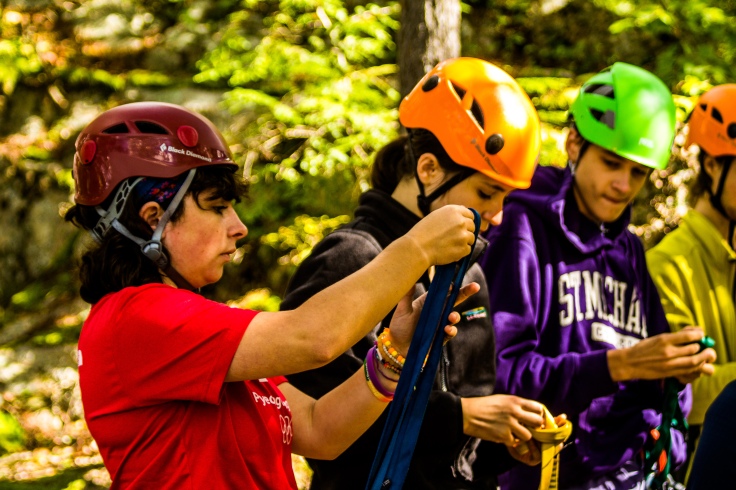
Background
Upon entering any profession each person must learn the language and terminology that proliferate its discourse and communication. The jargon of the profession allows communication to be efficient, and it sets them apart from others. The education profession in particular tends to contain an expansive amount of terminology and, depending upon the person, there can a be a range of interpretations. This can lead to misunderstandings and an oversupply of similar ideas with differing names.
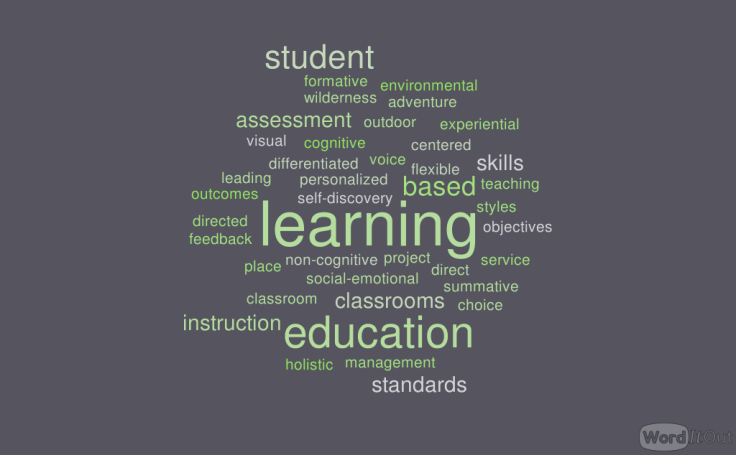
It is important for there to be clarity around the ideas and terms that are in use, because interchangeable use of terminology and their varied meanings pose an array of issues. Three significant areas are education, learning, and schooling. Education is the process of human growth, where an individual is able to gain a better understanding of themselves and their world (Ryan, 2016). Portraying education as a process that leads to individual growth is useful. It keeps it open-ended and provides breadth. Schooling is a formalized process that delivers a specific curriculum that is apart of a person’s education (Ryan, 2016). Defining schooling as a formal component of an individual’s education places schools as an avenue to learning within the larger realm of education. Learning is a process that involves change, occurs over time, can occur from a variety of ways, and is personal (“What is Learning?,” n.d.). Learning can be seen as outcomes of the education process, whether that occurred thru schooling or another means. The outdoors and experiences are other means of education that promote learning, and they have crossovers with schooling. They are often presented as a separate by labeling them Outdoor Education and Experiential Education. A shift is in order to increase their use and function to more individuals, and no one refers to schools as school education. They are best labeled as outdoor and experiential learning, since similar to schooling they are a part of a person’s education that provides an avenue to learning. The figure below provides a visualization of how outdoor, experiential, and schooling are all apart of education that provide pathways to learning.
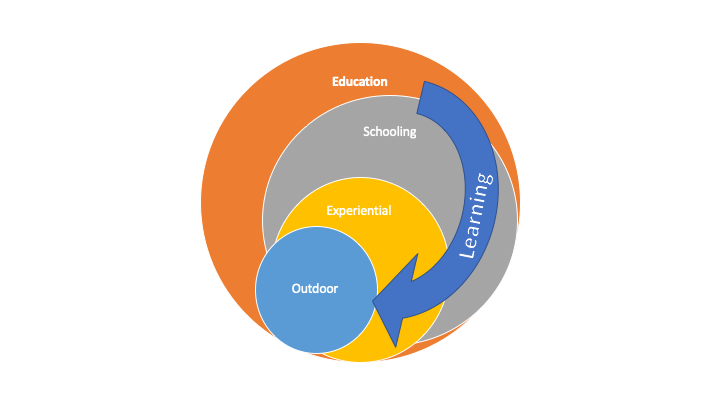
Now that time was spent examining education, schooling, and learning, what is outdoor learning? The Institute for Outdoor Learning describes it is as the use of the outdoors as a learning environment and venue for teaching and learning . It is a process that involves experimentation, discovery, and connections to the places and natural world (“About Outdoor Learning,” n.d.). The distinguishing factors of outdoor learning is the selected environment and the modes of instruction to learning. Outdoor learning is able to take on many forms with a clear and open definition. It can be a specialized and seperate program such as NOLS and Outward Bound or fully integrated into schooling where Scandinavia has many examples.
The other avenue to learning that is apart of a person’s education is the use of experience. So what is experiential learning? The Association of Experiential Education (AEE) describes it as a process of using direct experiences and focused reflection with the assistance of teachers, facilitators, etc. It develops knowledge, skills, values, and interaction with communities (“What is Experiential Education?,” n.d.). Experiential learning encompasses a vast territory because it is not hindered by a particular environment. It requires reflection that is directed towards the experience with assistance of others. The assistance by another person may be professionally trained, such as teachers or facilitators, or they could be peers, family members, etc. Similar to outdoor learning, experiential learning may occur as a separate program, or it may be integrated into schools.
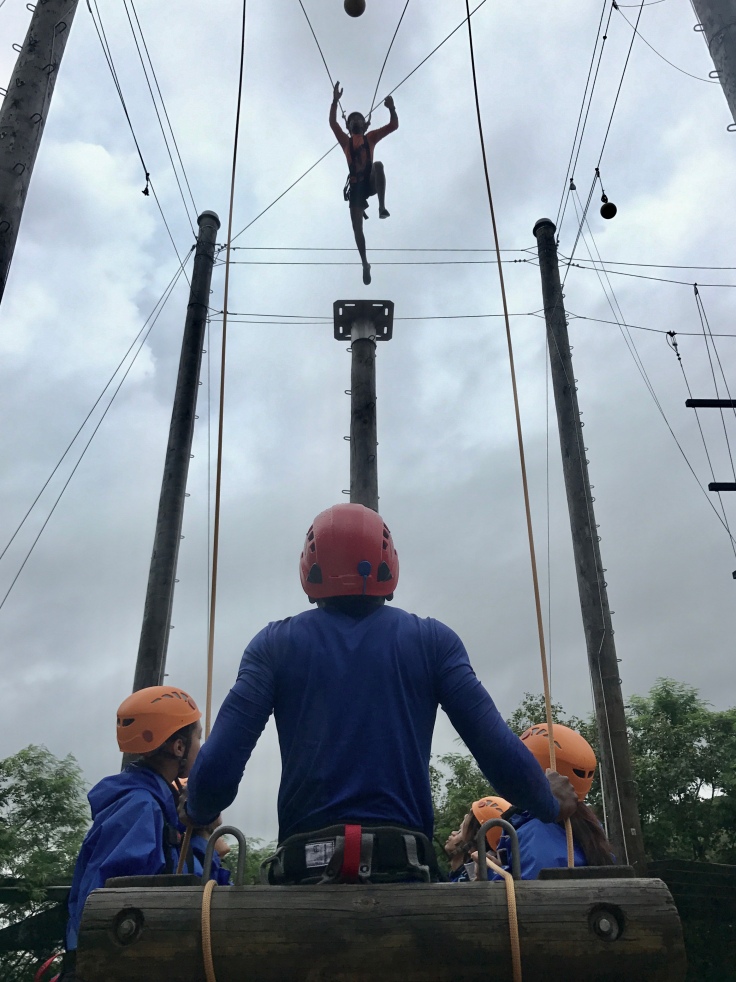
The historical use of outdoor and experiential learning is vast, and it is still currently being researched and debated. The open definitions allow a variety of practices to fall within their realm, and in many instances this is done from having an open perspective on what counts as learning. For much of the twentieth century they have been used in personal growth programs such as Outward Bound and American summer camps (Ewert & Sibthorp, 2014). They have also been an extensive part of the rise of Environmental Studies and Sciences with national programs such as Leave No Trace and regional programs. They are also used in skill acquisition for activities and sports that are conducted in the outdoors (Beames, Higgins, & Nicol, 2012). There are many organizations that have curriculum and pathways for these in sports such as paddling and climbing.
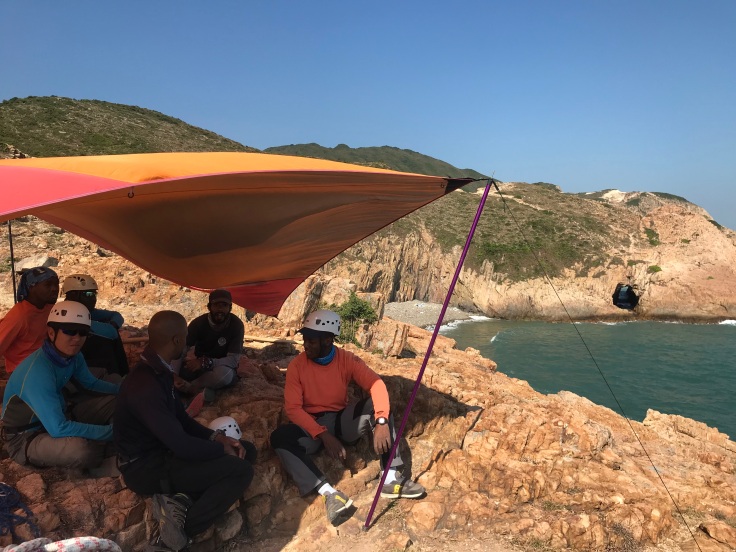
Schools have not effectively used the outdoors and experiences as avenues to learning, and in some circumstances they do not use them or avoid them. For schools that have the financial backing they generally outsource to external providers. These programs are expensive, and if the communication between the school and the provider are not thorough it can cause a disconnect between what counts as learning. Schools that do not have the expansive budgets and still include elements of outdoor and experiential learning will use the physical grounds and local neighborhood. These areas fall into the zones of outdoor learning, and they are an excellent resource for schools to access (Beames et al., 2012). The figure below presents an adapted visual from the text, Learning Outside the Classroom, for the zones of outdoor learning (Beames et al., 2012).
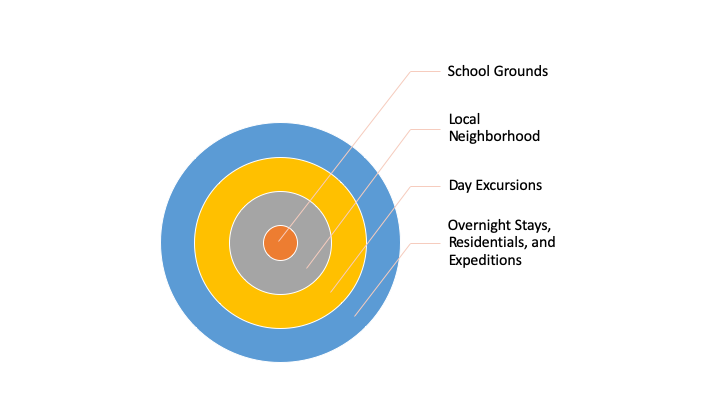
Evidence and claims
Schools are always under immense pressure from the communities that they are apart of and their state and federal government. There are numerous programs to be implemented and funded, standards to be maintained, and constraints around budgets. For many teachers and schools the use of outdoor and experiential learning may be viewed as a superfluous addition to overburdened classes. What are the benefits of outdoor and experiential learning, and what basis is there for schools to implement their use?
-
- Outdoor and experiential learning are developmentally appropriate for middle-level students because they incorporate active learning and that learning has a direct use (Broda, 2002).
- Outdoor and experiential learning open up to students that learning can happen in all sorts of places (Hanscom, 2016).
- A person’s education is holistic, not just academic. This includes a variety of other knowledge and skills that a person requires including social, emotional, physical, etc. These skills and knowledge are a hallmark of outdoor and experiential learning (Gama, 2009; James & Williams, 2017).
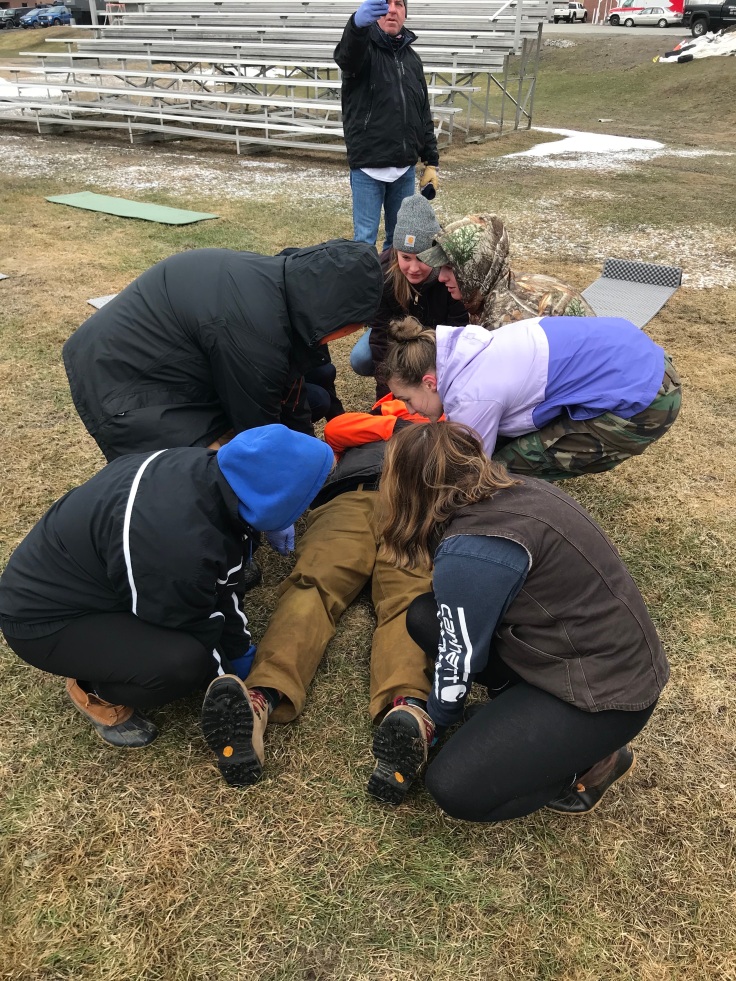
-
- Outdoor and experiential learning provides benefits for all students, especially students identified with behavioral issues, special needs, and students that have difficulty in traditional classrooms (James & Williams, 2017; Ewert & Sibthorp, 2014; Hanscom, 2016).
-
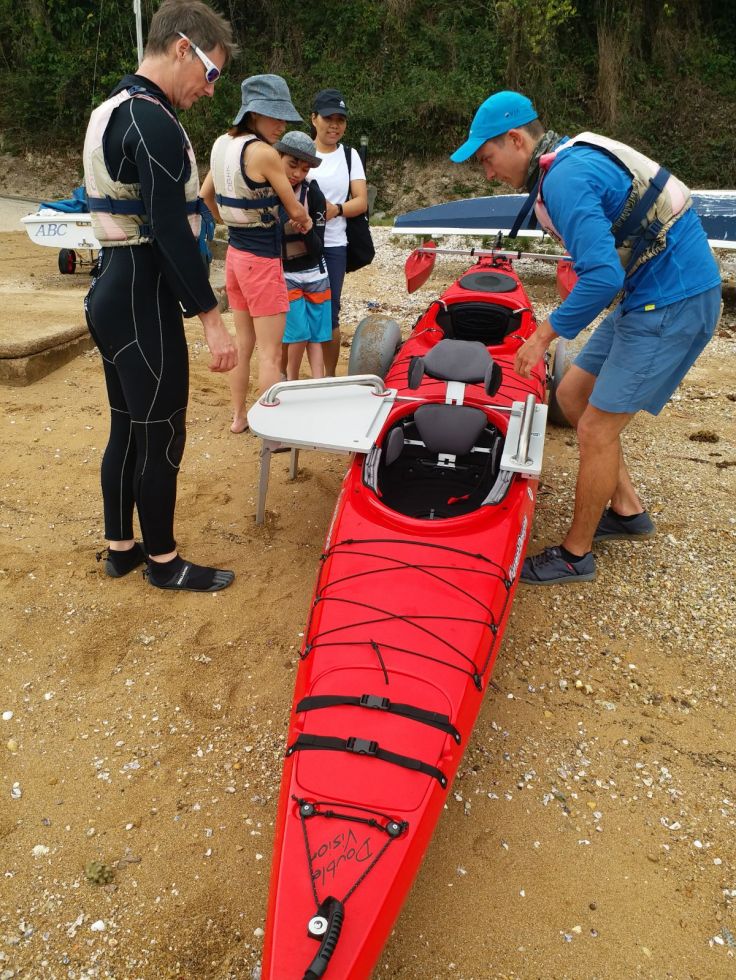
Kayaking in Hong Kong - Outdoor and experiential learning provide opportunities for integrating curriculum, cross-disciplinary skills, and provide authenticity to curriculum (Beames et al., 2012; Bordeau & Arnold, 2008).
- A stronger connection to school and their peers is developed through the use of outdoor and experiential learning (Smith, 2002; Sobel, 2008).
- A connection to the environment and sustainability are developed through outdoor and experiential learning (Beames et al., 2012).
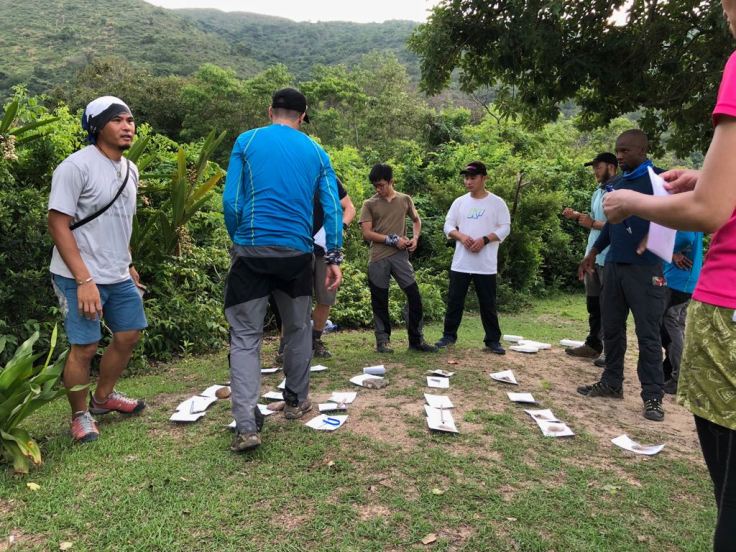
-
- The outdoors and experience are pathways for learning, and they can be implemented by schools without large financial investments or extensive training in technical proficiencies (Broda, 2002; Beames et al., 2012).
- They encourage physical activity and allow students to evaluate and manage risk (Beames, 2012; Hanscom, 2016).
-
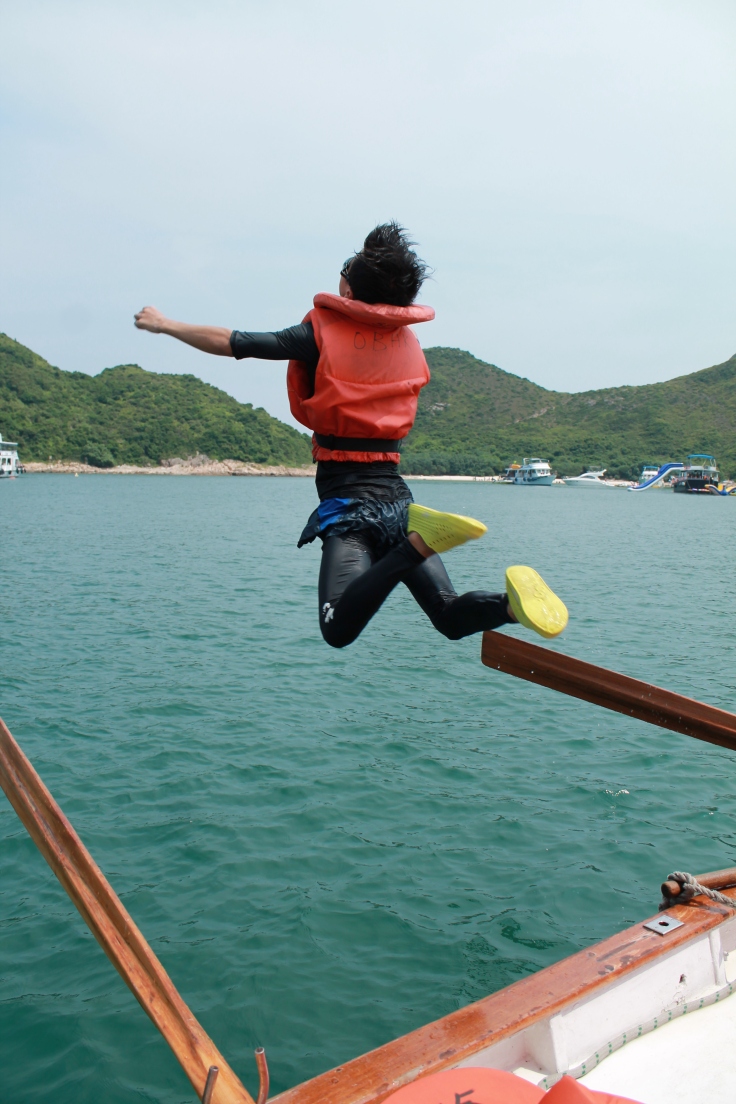
Sailing and Swimming in Hong Kong - Outdoor and experiential learning bring students into natural and open spaces that beneficial for students mental-health and well being (Louv, 2005).
Application and Implementation by Schools
It is always easy to pitch an idea and quite another to get that idea into action. Substantial evidence has been presented of the benefits of outdoor and experiential learning for students, especially those at the Middle-level. Incorporating these approaches into the school does not require extensive training or expansive budgets. What must schools do to incorporate outdoor and experiential learning?
-
- Training and development for teachers
- There will need to be an in-house training for teachers conducted at the school. The purpose of the outdoor and experiential learning training should go over resources and available spaces, school policy and procedure for risk mitigation, and how the teachers can incorporate this to their classes.
- There may need to be various external trainings based upon the extent of the outdoor and experiential learning. Practitioners outside of schools conduct trainings in First-aid and CPR, decision-making and judgement, and technical skill proficiency in certain activities. If the teachers and students are staying within school grounds and local community with activities that have low risk and consequences then external training may not be necessary.
- There will need to be opportunities for networking and sharing amongst the teachers at the school, other schools that are also doing this, and partners within the community. This may consist of providing a platform for people to share and connect.
- Student safety cannot be guaranteed. Being alive involves the risk of harm and loss, which can happen anywhere. Schools will need to have a form of action plan that is implemented for emergencies, and a reporting system for accidents and incidents. Many schools will already have some form of these, and they may need to be modified to the new circumstances.
- Training and development for teachers
-
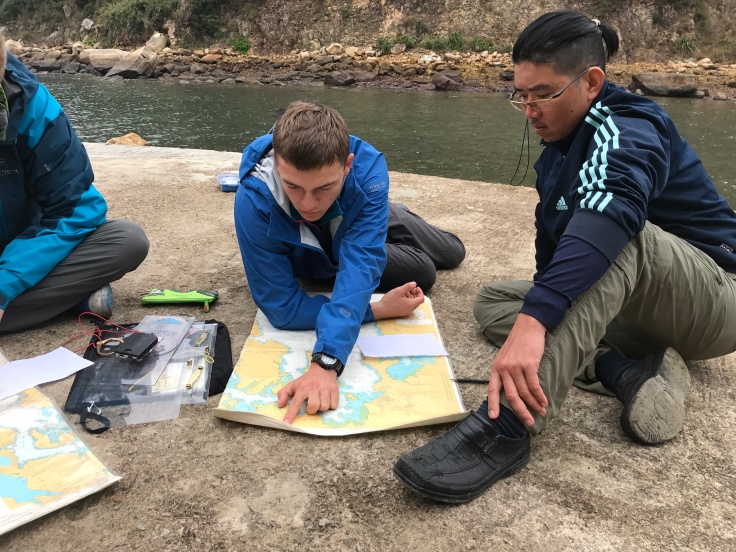
Navigation Training in Hong Kong - Administration and community support
- The school and the community will need to allocate time and resources for outdoor and experiential learning to implemented by teachers. The time from the school will be for teacher training, planning, and use during school. For the community that time may come from students visiting an area or members of the community visiting the school. The resources mainly consist of the use of space, since all other basic items are already possessed by the school or students. That space may be the school grounds, neighboring land, or places within the surrounding community.
- The school and the community will need partnerships to adequately support the teachers and students. Those partnerships will highlight the emphasis on outdoor and experiential learning and detail the use of time and resources.
- Administration and community support
-
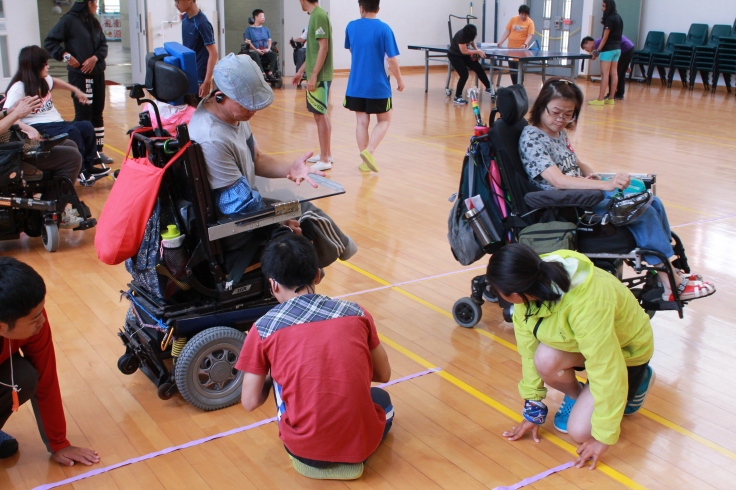
Community Involvement in Hong Kong - Alignment to curriculum and school mission
- The school and teachers will need to develop practices and procedures that ensure that the use of outdoor and experiential learning align with the larger curriculum of the school and its mission.
- The teachers will need to facilitate connections and meaning making for students from the outdoor and experiential learning to their learning in school and their life.
- Alignment to curriculum and school mission
Conclusions
Educators, administrators, and the larger community need to recognize the validity and benefits of outdoor and experiential learning. Students should be provided with access to these pathways of learning alongside their academics, especially at the Middle-level. They do not require an expansive budget, schools have the basic resources, and teachers need some support and training to get started.
There is a need for continued research and reflection of outdoor and experiential learning. By continuing research they will stay relevant and effective. The reflection of their use will further develop practices and shared understandings. There needs to be a continued examination of the long and short-term benefits for students that are involved in outdoor and experiential learning. These will be valuable for schools and teachers as they build and develop the use of outdoor and experiential learning.
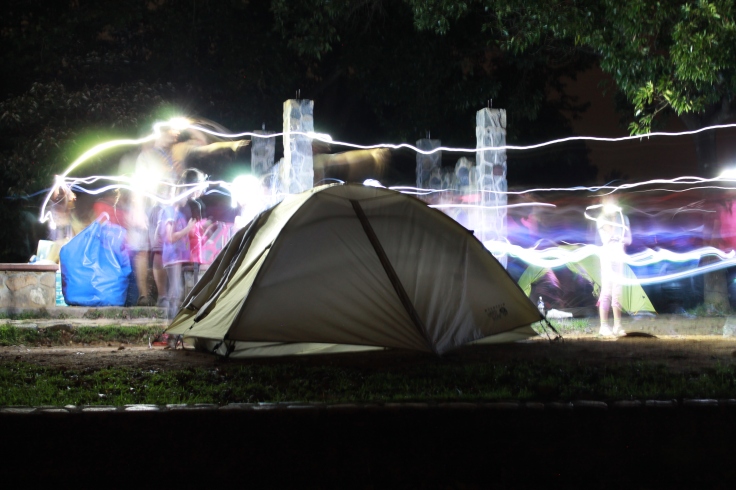
References (Annotated Bibliography Available Here)
About Outdoor Learning. (n.d.). Retrieved from https://www.outdoor-learning.org/Good-Practice/Research-Publications/About-Outdoor-Learning
Beames, S., Higgins, P., & R. Nicol. (2012). Learning Outside the Classroom: Theory and Guidelines for Practice. New York, NY: Routledge.
Bourdeau, V. & M.E. Arnold. (2008). Inquiry goes outdoors: what can we learn at the pond?. Science Scope, 32(1), 64-67.
Broda, Herbert W. (2002). Learning In and For the Outdoors. Middle School Journal, 33(3), 34-38.
Ewert, A.W. & J. Sibthorp. (2014). Outdoor Adventure Education: Foundations, Theory, and Research. [Apple iTunes Books]. Retrieved from itunes.apple.com.
Gama, C. & C. Fernandez. (2009). Do and Understand: the Effectiveness of Experiential Education. GIST Education and Learning Research Journal, 3, 74-89.
Hanscom, Angela. (2016). Balanced and Barefoot: How Unrestricted Outdoor Play Makes for Strong, Confident, and Capable Children [Kindle version]. Retrieved from Amazon.com.
James, J.K. & T. Williams. (2017). School-based Experiential Outdoor Education: A Neglected Necessity. SAGE, 40(1), 58-71.
Louv, David. (2005). Last Child in the Woods: Saving Our Children from Nature-Deficit Disorder [Kindle Version]. Retrieved from Amazon.com.
Patterson, D. (1995). The Effects of Outward Bound on a Group of Middle School Students (Masters thesis). Retrieved from ERIC. (ED391822).
Ryan, K., Cooper, J.M., Bolick, C.M. (2016). Those Who Can, Teach. [Kindle Version]. Retrieved from Amazon.com.
Sobel, David. (2008). Childhood and Nature: Design Principles for Educators [Kindle Version]. Retrieved from Amazon.com.
Smith, Gregory A. (2002). Place-Based Education: Learning to be where we are. Phi Delta Kappan, 83(8), 584-594.
What is Experiential Education? (n.d.). Retrieved from https://www.aee.org/what-is-ee
What is Learning? (n.d.). Retrieved from https://teaching.berkeley.edu/resources/learn/what-learning